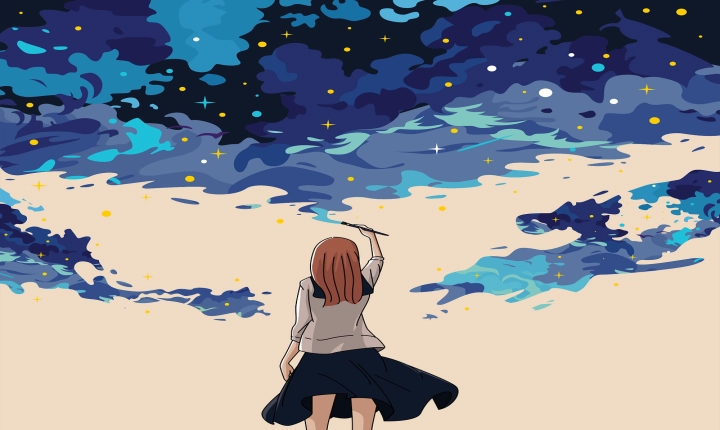Title: How to Generate AI Images: A Step-by-Step Guide
In recent years, the capabilities of artificial intelligence have expanded significantly, bringing about a wide range of applications in various fields. One of the most fascinating uses of AI is its ability to generate realistic and compelling images. This technology has the potential to revolutionize various industries, including design, art, and entertainment. In this article, we will explore how to generate AI images, providing a step-by-step guide for those interested in harnessing this powerful tool.
Step 1: Choose the Right AI Model
The first step in generating AI images is to choose the right AI model. There are various pre-trained models available, each with its own capabilities and applications. For example, models such as GANs (Generative Adversarial Networks) and VAEs (Variational Autoencoders) are commonly used for image generation. Depending on the specific requirements and desired output, it’s essential to select a model that aligns with the intended use case.
Step 2: Gather Training Data
Once the AI model is chosen, the next step is to gather training data. High-quality and diverse datasets are crucial for training the AI model to generate accurate and realistic images. Depending on the application, the training data may consist of photographs, illustrations, or any other visual content relevant to the desired output. It’s important to curate a balanced and representative dataset to ensure that the AI model learns to produce images that reflect the desired characteristics.
Step 3: Train the AI Model
Training the AI model involves feeding the chosen dataset into the model and allowing it to learn and adapt its parameters to generate images. This process typically involves iterative adjustments and fine-tuning to optimize the model’s performance. Depending on the complexity of the desired output, the training process may take a significant amount of time and computational resources. However, the investment in training is crucial to ensure that the AI model can produce high-quality images.
Step 4: Generate Images
Once the AI model is trained, it can be used to generate images based on specific inputs or parameters. By providing the model with input data, such as text descriptions or semantic labels, it can create corresponding images that align with the provided input. Alternatively, the AI model can generate entirely new and original images based on its learned patterns and features. This step often involves experimentation and fine-tuning to achieve the desired results.
Step 5: Refine and Evaluate
After generating images, it’s essential to refine and evaluate the results to ensure quality and relevance. This process may involve post-processing techniques, such as image enhancement or manipulation, to improve the visual appeal of the generated images. Additionally, evaluating the output against predefined criteria, such as realism, diversity, or uniqueness, can help determine the effectiveness of the AI model and identify areas for improvement.
Step 6: Application and Iteration
Finally, the generated AI images can be applied to various use cases, such as design mockups, concept art, or visual storytelling. Additionally, the feedback and insights gained from using the generated images can be used to iterate on the AI model, improving its performance and expanding its capabilities. This iterative process ensures that the AI model continues to evolve and generate images that meet the evolving needs and expectations of its users.
In conclusion, generating AI images is a fascinating and impactful process that leverages the power of artificial intelligence to create compelling visual content. By following the step-by-step guide outlined in this article, individuals and organizations can harness the potential of AI image generation to enhance their creative endeavors, streamline design processes, and unlock new opportunities for visual expression. As AI continues to advance, the potential for generating images with unprecedented realism and creativity will only continue to grow, opening up new possibilities across a wide range of industries and creative disciplines.
